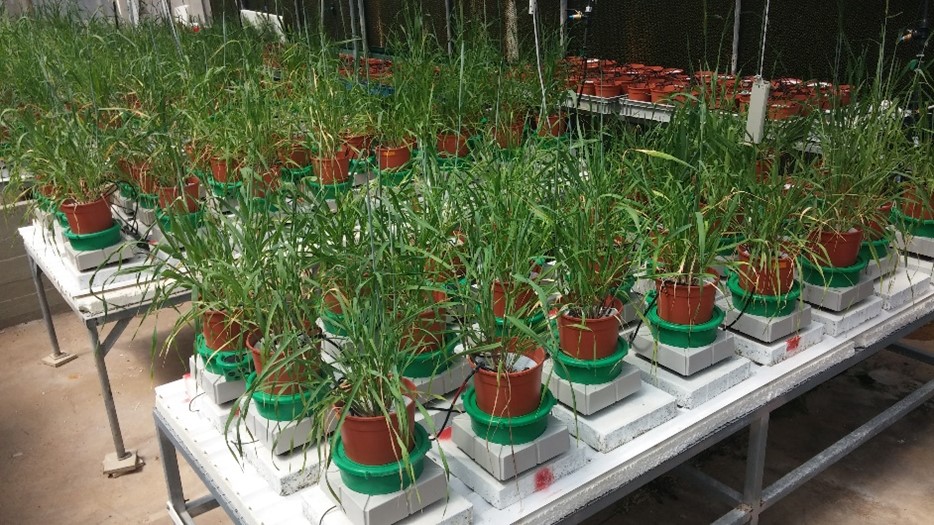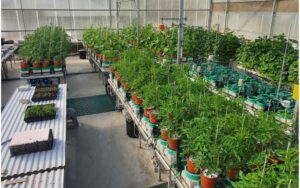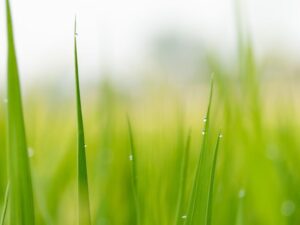Understanding how plants express specific traits under varying genetic and environmental conditions is essential for improving crop performance. Phenotypic trait mapping allows researchers and breeders to link observable plant characteristics with underlying genetic markers, helping to identify the traits that matter most for yield, stress tolerance, and quality. When integrated with advanced phenotyping tools like the PlantArray system, this process becomes more accurate, scalable, and efficient.
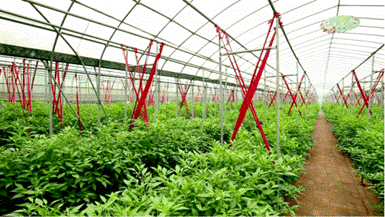
What are the key phenotypic traits that can be mapped in plants?
Phenotypic trait mapping involves identifying measurable traits that affect plant performance and of course varies depending on the measurement tools available to the researcher. The main traits that most researchers examine are:
- Growth rate and biomass accumulation
- Transpiration and water-use efficiency
- Stomatal conductance and photosynthetic activity
- Root architecture (when paired with root phenotyping modules)
- Stress response traits (e.g., under drought, salinity, heat)
- Yield components, such as fruit size, seed number, and grain weight
Note that some measurements are considered more significant, such as in published guidelines by the Journal of Experimental Botany:
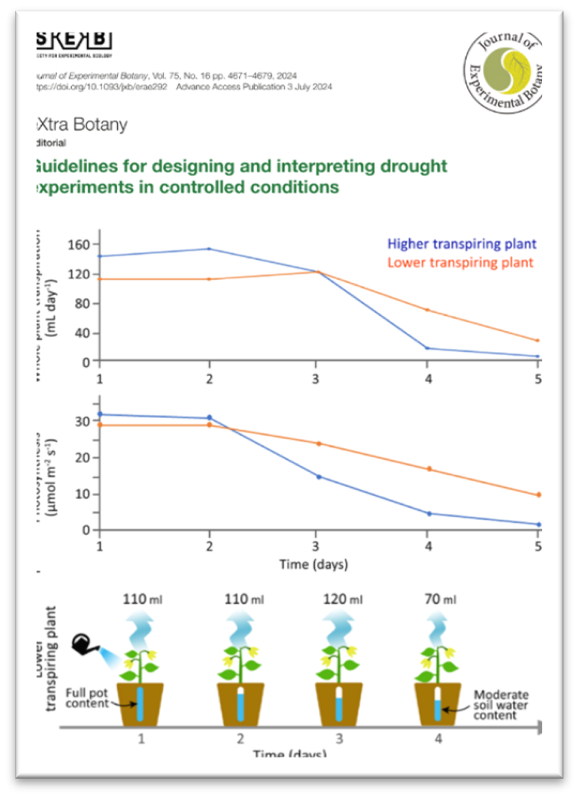
JXB editors often receive manuscripts on drought tolerance and plant responses to water deficits with flawed experimental designs, inconsistent terminology, overinterpretation of data, or unrealistic lab-to-field extrapolations.
To address these challenges, the JXB Editorial Board established a working group to guide better experimental design, data interpretation, and reporting of results, focusing on experiments performed under supposedly ‘controlled conditions.
In these guidelines, the editors of the Journal of Experimental Botany (JXB) offer recommendations for improving experimental design, data interpretation, and result reporting. In any plant stress experiment, the variables measured should be selected according to the specific requirements of the experiment. These variables can encompass molecular, biochemical, physiological,
How does phenotypic trait mapping contribute to plant breeding programs?
Trait mapping provides breeders with the data needed to select genotypes with the most desirable characteristics. By linking phenotypic data to genetic markers (QTLs, SNPs), breeders can:
- Identify genes responsible for key plant traits
- Accelerate the development of varieties that are resistant to changing climates while increasing yields
- Reduce growing cycles and accelerate new discoveries
- Focus efforts on traits with high heritability and agronomic value

This combination of physiology and genomics is central to modern precision breeding. By measuring the physiological characteristics of the plant, genetic studies can be performed and even the smallest changes can be identified.
What tools and technologies are used for phenotypic trait mapping?
Phenotypic trait mapping relies on a combination of precise data collection, environmental control, and computational analysis. Key technologies include:
- Automated phenotyping platforms – Systems like the PlantArray enable researchers to monitor plant performance under real-time and dynamic conditions. The system captures physiological parameters like transpiration, biomass gain, water-use efficiency, and stomatal conductance, critical for understanding trait expression under stress.
- High-resolution imaging – (e.g., hyperspectral, RGB, thermal, and 3D imaging) to assess morphological traits and structural responses.
- Environmental sensors – These are designed to measure factors such as temperature, humidity, light intensity, and soil moisture, ensuring an accurate environmental profile. These sensors are often added as an adjunct to other systems, such as the plantar, thus offering a comprehensive picture of the plant’s response.
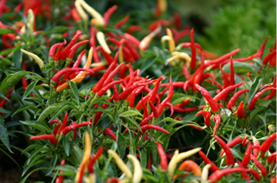
When platforms like PlantArray are integrated into this workflow, they provide highly detailed and reliable physiological datasets, making the trait mapping process much more accurate and efficient.
How can phenotypic trait mapping improve crop yield and quality?
By identifying the traits that most directly influence productivity, phenotypic mapping empowers breeders to select genotypes that excel under both optimal and stress conditions. For example:
Phenotypic trait mapping allows researchers and breeders to pinpoint the characteristics that have the greatest impact on plant productivity. By doing so, it becomes easier to select genotypes that perform well under both ideal and challenging conditions. With the PlantArray system, researchers can uncover subtle physiological differences, such as variations in transpiration or recovery rates after drought, which are critical for identifying crops that maintain yield stability even under stress.
This data-driven approach transforms breeding strategies by grounding them in real-time physiological performance rather than surface-level observations. As a result, it significantly accelerates breeding pipelines, minimizing the traditional trial-and-error process and leading to faster development of resilient, high-quality crop varieties.
What challenges are faced in the process of phenotypic trait mapping?
Despite its power, trait mapping is not without hurdles:
- Trait complexity and plasticity: Many traits are polygenic and highly influenced by environmental interactions.
- Environmental noise: Fluctuating external conditions can mask genetic effects.
- High data volumes: Mapping projects generate large datasets that require specialized analytical tools.
- Experimental reproducibility: Ensuring that trials can be repeated under the same conditions is often difficult.
PlantArray helps overcome many of these challenges by offering advanced treatment control, reproducible stress simulations, and precise irrigation management. Its modular and scalable design also allows researchers to run multiple genotype experiments under identical conditions, reducing environmental noise to zero, and increasing confidence in trait identification.
How does environmental variation affect phenotypic trait mapping?
Environmental factors such as temperature, humidity, soil composition, and light intensity can significantly impact trait expression. A genotype may behave differently under mild versus extreme drought, or in saline soils versus neutral ones.
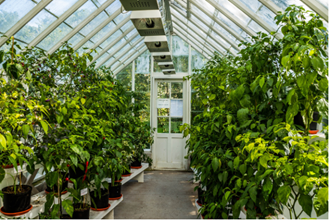
What role does genetic mapping play in phenotypic trait mapping?
Genetic mapping identifies the DNA regions (QTLs or SNPs) associated with traits of interest. When combined with high-quality phenotypic data, this allows:
- Marker-assisted selection (MAS)
- Understanding of gene function
- Development of stress-tolerant or high-yielding varieties
However, the quality of trait mapping is only as good as the phenotypic data feeding it. That’s why many researchers combine genetic data with high-resolution physiological datasets.
Can phenotypic trait mapping be applied to both wild and cultivated plants?
Yes, trait mapping is applicable across a wide range of plant types. Wild relatives of crops often carry valuable, untapped genetic diversity—such as traits for stress resistance or the ability to thrive in marginal environments. By mapping these traits, researchers can unlock new avenues for improving crop resilience and adaptability.
Cultivated varieties also benefit significantly from trait mapping. It helps refine desirable characteristics like uniform growth, improved quality, and higher productivity, enabling breeders to develop better-performing and more market-ready plant lines.
How can researchers validate the accuracy of phenotypic trait maps?
Validation is essential to ensure the reliability of these maps. To achieve this, researchers can:
- Plant-by-plant resolution, enabling detailed comparisons across genotypes
- Controlled application of abiotic stress, such as drought or nutrient deficiency
- Integration with environmental and genotypic data, improving analytical robustness
- Flexible experimental design, supporting a wide range of plant types and treatment regimes
- Real-time feedback, which allows researchers to adjust experiments or flag unexpected responses quickly
These features do not represent all systems currently on the market, so the researcher should verify all of them when interested in such systems. A clearer comparison can be seen in this table:
| PlantArray | Manuel Sensors | Lysimeters (Data – Loggers) | Robotic Imaging | |
| Automatic Irrigation | Yes | No | Yes | Yes |
| Preventing leaks | Yes | No | No | No |
| Simultaneous treatments | Yes | No | No | No |
| Randomization | Yes | No | No | No |
| Multi treatments | Yes | No | No | No |
| Dynamic feedback | Broad | No | Limited | Limited |
How can researchers validate the accuracy of phenotypic trait maps?
Since the PlantArray system significantly shortens the duration of experiments, it supports high-throughput recovery between trials and allows direct comparisons between genotypes under identical treatment conditions.
Its accuracy and flexibility provide researchers with a stable foundation for validating traits across diverse environmental scenarios.
